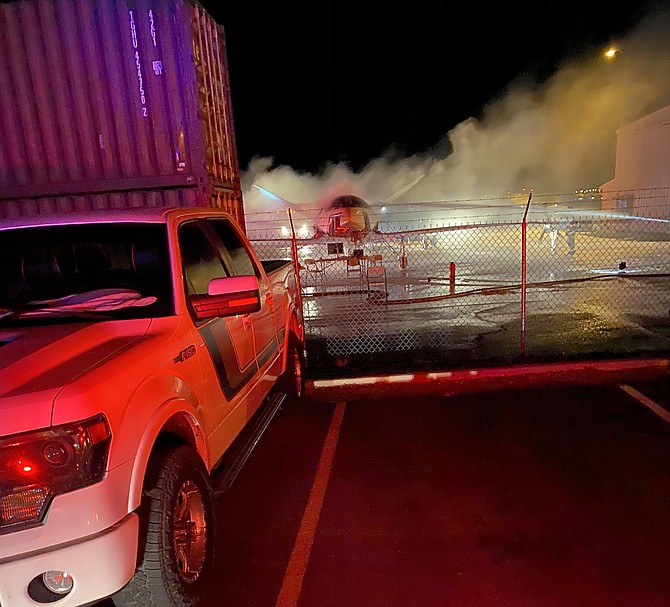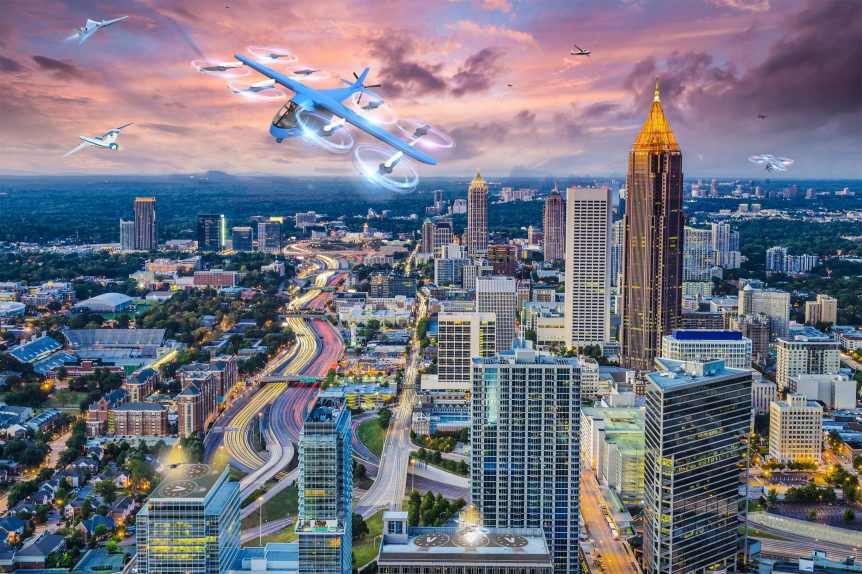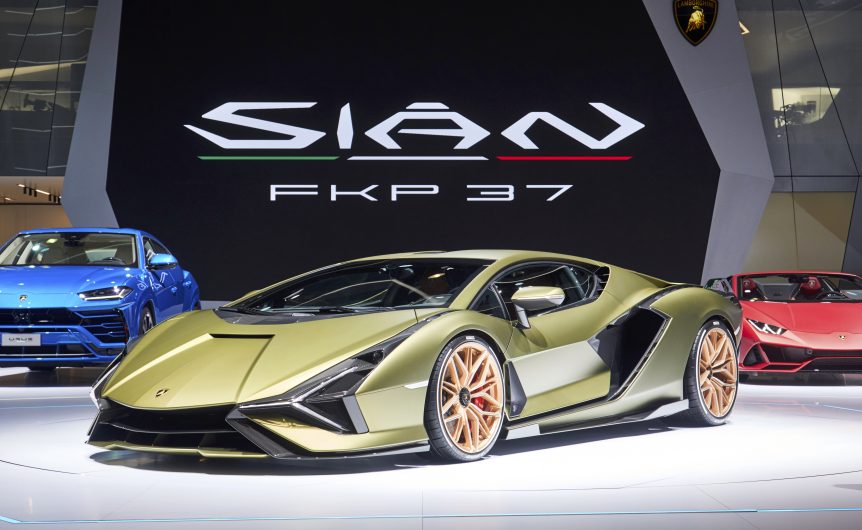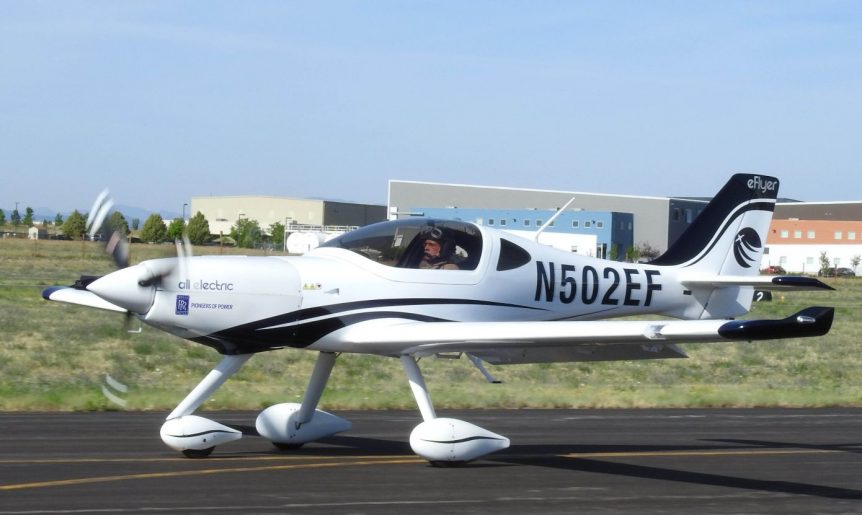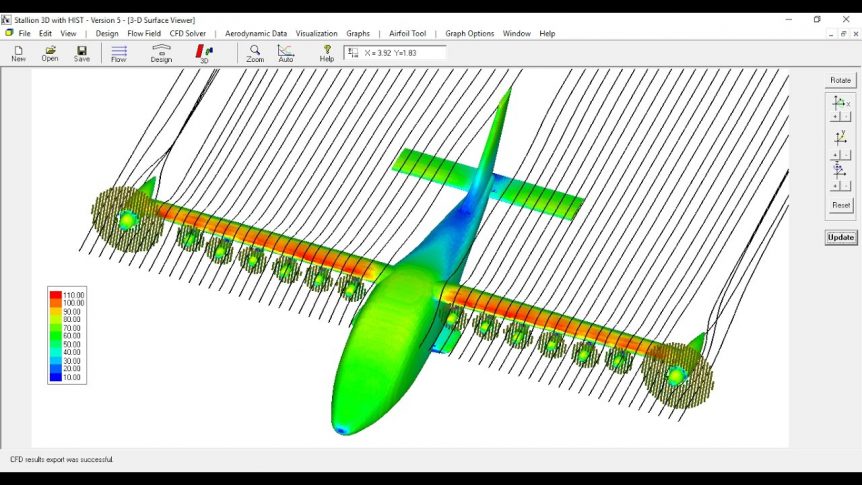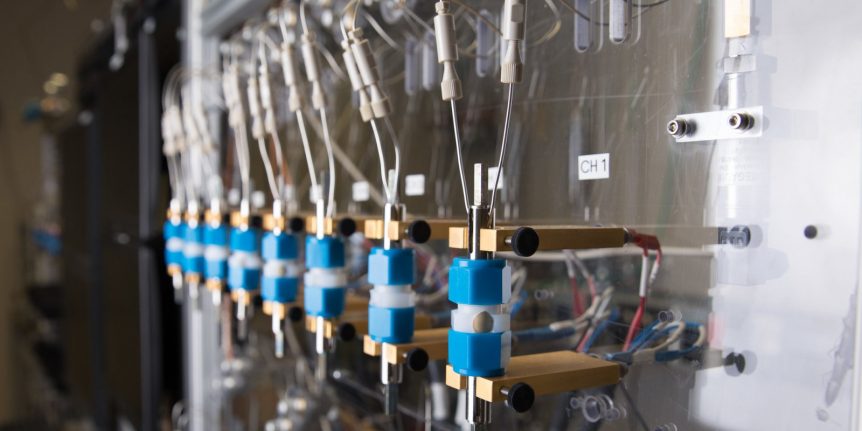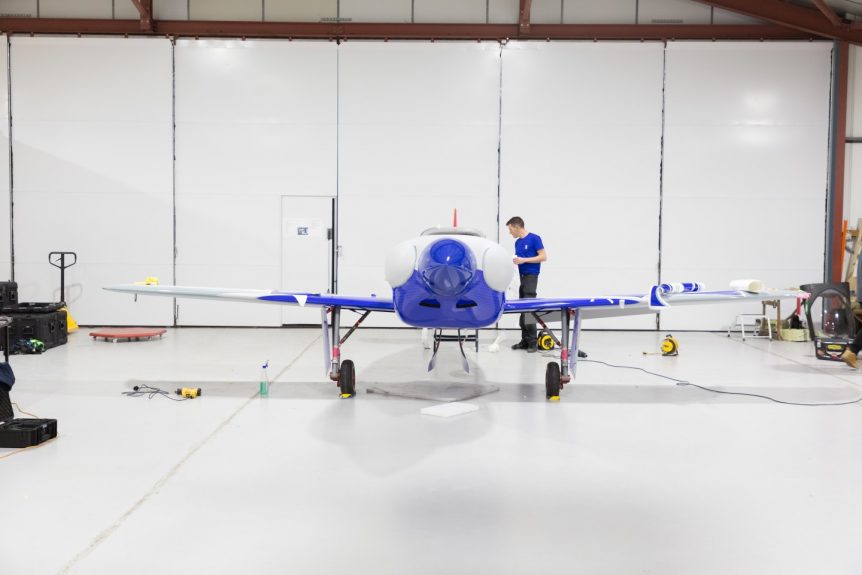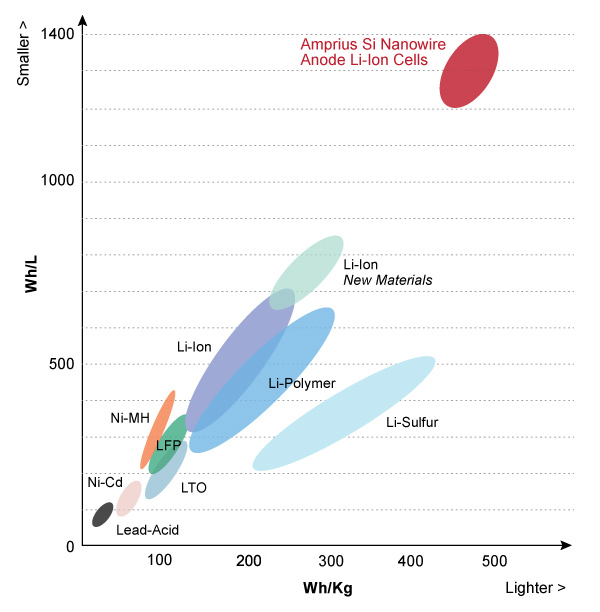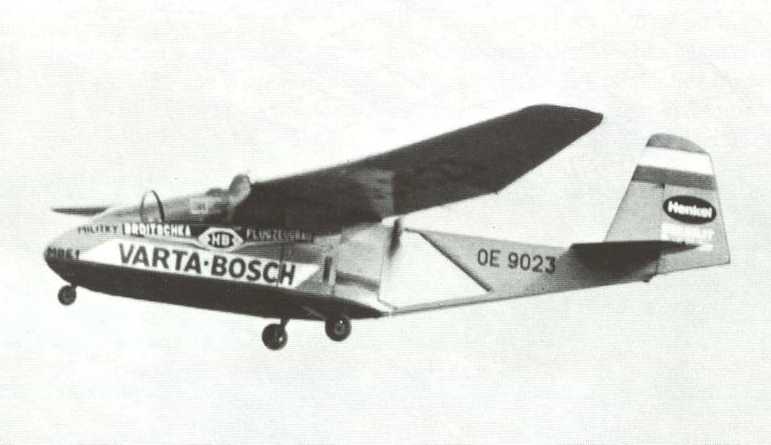Time magazine lauded Eviation’s Alice last year, ranking it as one of the 100 Best Inventions of 2019. Alex Fitzpatrick compared its green goodness to the GHG-loaded nature of commercial aviation. “Flying is dirty work—the aviation industry emits nearly a quarter of total transportation-related greenhouse-gas emissions in the U.S., according to the EPA. One way to clean it up could be Eviation’s all-electric Alice, an Israeli-made nine-seater meant to convince the gas-guzzling aviation world that electric power is ready for takeoff. “The real innovation is in the lightweight materials rather than the batteries and motors and controllers and all that,” says Eviation CEO Omer Bar-Yohay. If successful, the design could pave the way for larger electric commercial aircraft. Alice, which has a range of 650 miles and should be quieter than gas-powered aircraft, begins flight testing in 2020.” The bright future for the tri-motored airplane, which shone at the Paris Air Show and a prototype of which was about to …
UAM Realization May be Closer than We Think
We are on the verge of big happenings in the Urban Air Mobility (UAM) world. Large amounts of money are flowing into the coffers of those companies which dared to pioneer in the area. Large firms are partnering with these aerial startups. And the Federal Aeronautics Administration is paying attention while actively pursuing certification for the new machines headed our way. Jay Merkle, FAA Certification and Airspace Integration At the Transportation Review Board’s annual meeting in Orlando, Florida, Jay Merkle, head of the FAA’s UAS integration office, told attendees that six (Urban Air Mobility) UAM vehicles are “well along,” according to a report in Aviation Today. He held that the growing market is ““more than just hype … this is more than just promotional videos.” Merkle apparently feels current regulations such as FAR Part 23 are adequate to help these new electric Vertical Take Off and Landing (eVTOL) machines be certified. Merkle feels the machines in progress can provide service …
Supercaps for Supercars – and Sky Taxis?
Your editor has asked for years if batteries in electrically-powered aircraft could be augmented by supercapacitors, devices able to unleash significant amounts of power quickly. The usual answer is that the added weight of supercaps that could add power on demand would be about that of added batteries to equal the performance. We wrote about the use of super capacitors in KERS (Kinetic Energy Recovery Systems) used in Formula racers and even at LeMans. At around the same time, Mazda tucked supercaps under the front wheel well on some models to capture waste energy from braking. That energy could then power electric systems in the car and even recharge the main battery. In an explanation and comparison of lithium batteries and supercaps, Matt Ferrell gives a reasonable overview of the two and how they will probably evolve in the future. As he notes, Tesla recently purchased Maxwell technologies, possibly to fill what Maxwell describes as the “energy gap for fast-response, …
Bye Aerospace Expands Its Horizons
Bye Aerospace has been making inroads into both battery development and flight training with partners on an international scale. Alliance with Oxis Energy As reported in July, Bye Aerospace and OXIS Energy announced a collaborative program to achieve a 50-to 100-percent increase in flight time from a single charge compared to existing batteries. On its web site, OXIS reveals that it is, “…developing a <30 kWh battery system integrated with an Aviation Battery Management System for a two-seater electric passenger aircraft.” The partnership, “…seeks to achieve a 50% to 100% increase in flight time from a single charge on future Bye Aerospace eAircraft,” with cells exceeding 500 Watt-hours per kilogram at 20 Amp-hour capacity. This will lead to weight reduction and increased flight duration. Quantum Air, OSM and Bye Form a Synergistic Enterprise Quantum Air is a short-range carrier with a mission. “Our mission is simple and prevalent throughout our brands. To change the way people travel through cutting-edge …
Aquifer: Flow Batteries and Rim-driven Motors
In a highly unusual approach, two NASA researchers have combined a flow battery system with a rim-driven propeller drive system. Presenting at the Sustainable Aviation Symposium 2019 at UC Berkeley,Robert McSwain and Jason Lechniak detailed their AQUIFER Project, currently underway in the NASA Armstrong Flight Research Center at Edwards Air Force Base. On Day Two of the Symposium, Jason headed the presentation with a discussion of the implications of this and McSwain’s work on overall energy economy and NASA eVTOL discoveries. Robert followed with a technical description of the Nano Electrofuel (NEF) Aqueous Flow Battery and Rim-driven Motor (RDM). “AQUIFER establishes technical feasibility of an early-stage technology, a high-energy density, aqueous-based, flow battery, resulting in a near-term increase of 1.7 times range over an all-electric battery, while retiring fire and explosion hazards associated with lithium-based chemistries. The… flow battery will be integrated with a rim-driven motor (RDM) as a multi-functional design to eliminate conductive EMI and weight from long cable …
SAS 2019: IBM Battery Research with Dr. Jangwoo Kim
Dr. Jangwoo Kim has a resume’ that puts a great many qualifications together that spell “battery designer.” He has a B.S. degree in chemical engineering from Yonsei University, one of three “Sky Universities” regarded as South Korea’s most prestigious. At Cornell University, he received M. S. and Ph.D degrees in chemical engineering, and then worked for LG Chem on lithium-ion battery pack design. After that, he returned to Cornell to work on his Ph.D, investigating “next-generation rechargeable battery technology, including Li-Air and Li-Sulfur, specialized in inorganic nanomaterial synthesis and polymer processing via an electrospraying method.” He joined IBM Research, Almaden Research Center in 2016 and participated in the Battery 500 project, aiming to build a battery pack with a specific energy of 500 watt-hours per kilogram. We see the project leader, Dr. Winfred Wilcke, in a short video about that project. Battery 500 intended to reduce or eliminate heavy metals such as cobalt from the cells. Cobalt is not rare, but …
A Joyous Boxing Day Electrified
Boxing Day is a holiday unique to the British Empire, a day-after Christmas gift-giving celebration in which the well-off gave gifts to their servants. Yahoo Entertainment explains, “While there is some dispute over what the name actually means, it’s commonly believed that Boxing Day refers to the habit of aristocratic employees gifting their servants or tradesman on Dec. 26 as a thank you for their work throughout the year. The employers would give them each a box to take home to their family with gifts, bonuses and leftover food. “Samuel Pepys, a naval administrator and Member of Parliament, is famous for writing in his diary in 1663: ‘Thence by coach to my shoemaker’s and paid all there, and gave something to the boys’ box against Christmas.’” Certainly some regifting was in action, a chance for the upper class to get rid of fruitcakes sent by maiden aunts, or to reward particularly meritorious servants. In the spirit of Boxing Day, your …
ACCELL: A (Mostly) British Coalition Going for 300 MPH
Rolls-Royce is perhaps the epitome of Britishness, going back to 1904, when Henry Royce, founder of a successful mechanical/electrical business, met Charles Rolls, a successful car dealer in London. Together, the founded the company which came to be known as Rolls-Royce. By 1906, their Silver Ghost was known as “the best car in the world.” That quality was inherent in their first aircraft engine, the Eagle, “providing some half of the total horsepower used in the air war by the allies.” It provided the power in 1919 for the first direct flight across the Atlantic and the first flight from England to Australia – both in Vickers Vimy aircraft. This led to racing success, with early V-12 engines by R-R powering Schneider Cup racers in the 1930’s, leading to the Merlin, which powered Hawker Hurricanes, Vickers Spitfires, and P-51 Mustangs. Their current ACCELL project hopes to continue that tradition. Rolls-Royce would love to have another round of victories to continue …
Amprius, Airbus, Silicon and Batteries
Batteries are a tough study. We see many different roads being traveled in attempts to reach the Nirvana of the lightest, most powerful energy storage cell ever. We see continuing shortfalls because of the much chemistries that seem never to work out as hoped. Several recent articles, though, showed links that forced your editor into a deep study of battery developments first heard about a decade ago. These involved Yi Cui, Stanford professor and battery guru, silicon electrodes, and a new electrolyte that holds thing together. Presaging recent developments, your editor first heard Yi Cui present at the 2009 CAFE Foundation Electric Aircraft Symposium. Then, he predicted, based on the theoretical limits for silicon-based electrodes in batteries, that we would see 10X (greater energy density than then available) batteries in the not-too-distant future. A decade later, his company Amprius may be edging toward that goal with new funding from Airbus. Since then, Cui, his students and associates have helped boost …
Austrians, Swiss, Chinese Launch Three New Electric Aircraft
Three companies with divergent backgrounds launched three new electric aircraft in the last few months. 1973, and Its Descendants are Still Electric As noted in the blurb for its historic YouTube video for its first electric flight 46 years ago, “HB Flugtechnik is the pioneer in electric flight. The world’s first electric powered flight took place on October 21st, 1973 in Austria. 50 years later this company is still in business and doing better than ever. Given, that we talk about the aviation business, this is an outstanding and remarkable achievement. Today, HB Flugtechnik located at the now newly refurbished airfield Hofkirchen LOLH is not only the major MRO (Maintenance, Repair Organization or Maintenance, Repair, and Overhaul) for aircraft in Austria, it is still working on the new frontier of electric flight.” In a 2012 presentation at the AVT-209 Workshop in Lisbon, Portugal in 2012, Dr. Martin Hepperle of the DLR Institute of Aerodynamics and Flow Technology in Braunschweig, Germany …

